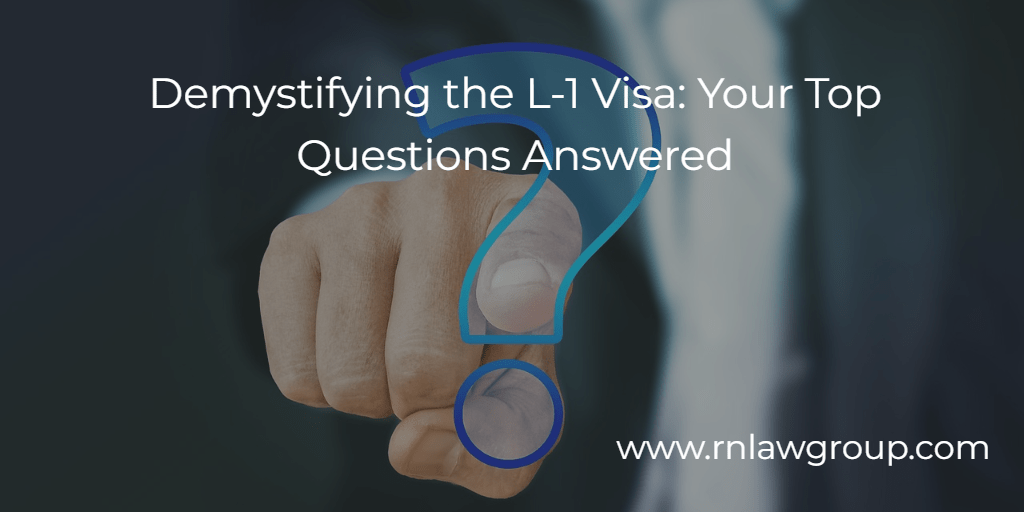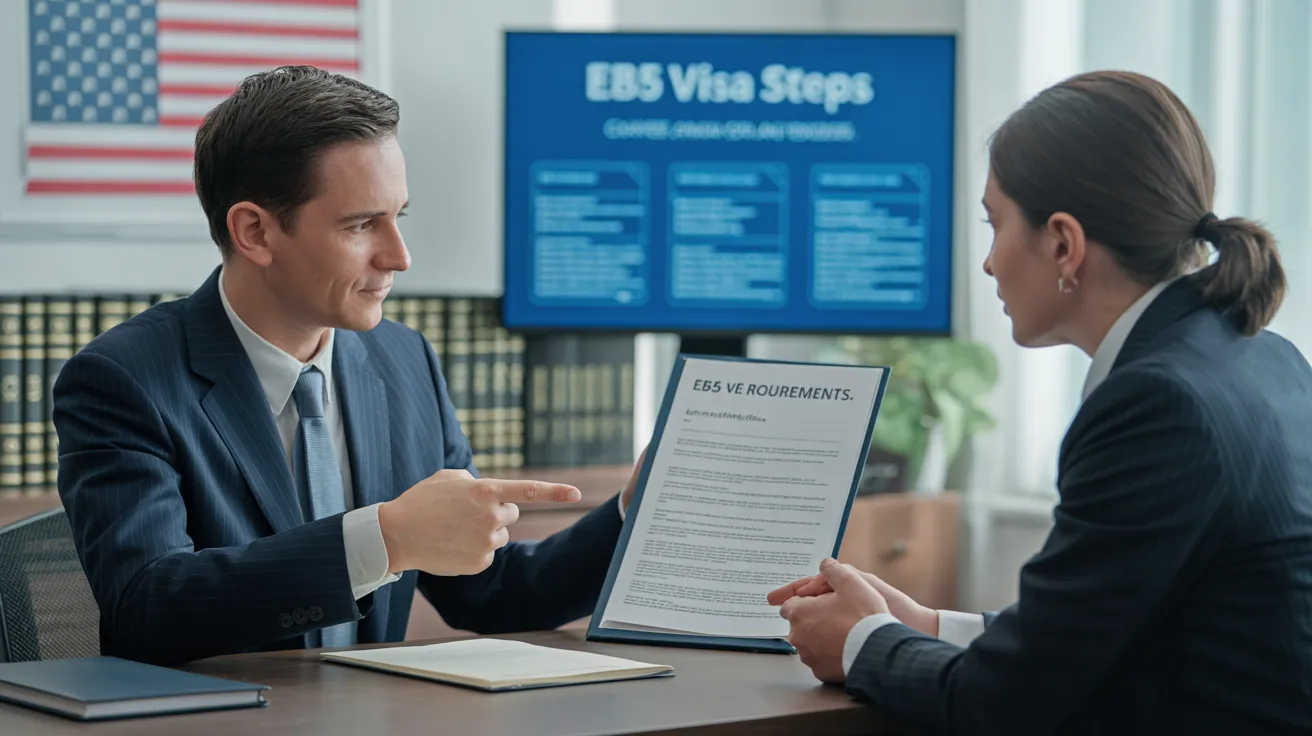Everything about L1 Visa
Table of ContentsAll About L1 VisaThe Buzz on L1 VisaLittle Known Facts About L1 Visa.Some Known Details About L1 Visa Not known Facts About L1 VisaThe Best Guide To L1 Visa
Offered from ProQuest Dissertations & Theses International; Social Science Costs Collection. (2074816399). (PDF). Congress. (PDF). DHS Workplace of the Assessor General. (PDF). (PDF). "Nonimmigrant Visa Stats". Gotten 2023-03-26. Division of Homeland Safety And Security Office of the Inspector General, "Review of Vulnerabilities and Possible Abuses of the L-1 Visa Program," "A Mainframe-Size Visa Technicality".

U.S. Department of State. Recovered 2023-02-08. Tamen, Joan Fleischer (August 10, 2013).
The smart Trick of L1 Visa That Nobody is Discussing
In order to be eligible for the L-1 visa, the international company abroad where the Beneficiary was used and the united state business should have a certifying partnership at the time of the transfer. The various kinds of certifying partnerships are: 1. Parent-Subsidiary: The Moms and dad suggests a firm, company, or other legal entity which has subsidiaries that it owns and controls."Subsidiary" suggests a company, company, or other lawful entity of which a moms and dad has, straight or indirectly, greater than 50% of the entity, OR has much less than 50% however has administration control of the entity.
Firm A possesses 100% of the shares of Business B.Company A is the Parent and Company B is a subsidiary. There is a qualifying relationship in between the two firms and Company B need to be able to sponsor the Beneficiary.
Instance 2: Firm A is incorporated in the U - L1 Visa.S. and wishes to seek the Beneficiary. Firm B is incorporated in Indonesia and utilizes the Recipient. Business An owns 40% of Business B. The remaining 60% is owned and controlled by Company C, which has no connection to Firm A.Since Firm A and B do not have a parent-subsidiary partnership, Company A can not sponsor the Beneficiary for L-1.
Business An owns 40% of Company B. The continuing to be 60% is owned by Company C, which has no relation to Company A. Nevertheless, Business A, by formal arrangement, controls and complete handles Business B.Since Firm A has less than 50% of Company B yet handles and manages the company, there is a certifying parent-subsidiary partnership and Business A can fund the Recipient for L-1.
The 2-Minute Rule for L1 Visa
Associate: An affiliate is 1 of 2 subsidiaries thar are both owned and regulated by the same moms and dad or person, or had and controlled by the same group of people, in generally the same ratios. a. Instance 1: Company A is included in Ghana and employs contact us the Recipient. Firm B is included in the united state
Company C, also integrated in Ghana, has 100% of Business A and 100% of Business B.Therefore, Firm A and Business B are "affiliates" or sister business and a certifying connection exists in between the two business. Company B need to have the ability to sponsor the Recipient. b. Example 2: Company A is included in the U.S.
Firm A is 60% had by Mrs. Smith, 20% possessed by Mr. Doe, and 20% had by Ms. Brown. Firm B is included in Colombia and currently employs the Recipient. Company B is 65% owned by Mrs. Smith, 15% had by Mr. Doe, and 20% had by Ms. Brown. Business A and Company B are affiliates and have a certifying relationship in two different means: Mrs.
The L-1 visa is an employment-based visa category developed by Congress in 1970, permitting international companies to transfer their supervisors, executives, or essential employees to their united state operations. find out more It is generally referred to as the intracompany transferee visa. There are two main sorts of L-1 visas: L-1A and L-1B. These types are suitable for staff members worked with in different placements within a business.

Additionally, the recipient must have functioned in a supervisory, executive, or specialized worker setting for one year within the three years coming before the L-1A application in the international company. For brand-new workplace applications, international work should have remained in a supervisory or executive ability if the beneficiary is involving the United States to work as a supervisor or executive.
Get This Report about L1 Visa

If given for a united state business functional for more than one year, the preliminary L-1B visa is for up to three years and can be expanded for an additional two years (L1 Visa). Alternatively, if the united state business is recently developed or has been operational for much less than one year, the preliminary L-1B visa is issued for one year, with expansions offered in two-year increments
The L-1 visa is an employment-based visa classification established by Congress in 1970, allowing international firms to transfer their managers, executives, or essential workers to their United state operations. It is commonly referred to as the intracompany transferee visa.
What Does L1 Visa Do?
Furthermore, the beneficiary has to have worked in a managerial, exec, or specialized worker placement for one year within the 3 years coming before the L-1A application in the foreign business. For new office applications, international employment has to have remained in a supervisory or executive capacity if the recipient is pertaining to the USA to function as a supervisor or executive.
for up to seven years to oversee the operations of the united state affiliate as an exec or find out more supervisor. If issued for a united state company that has actually been functional for even more than one year, the L-1A visa is at first granted for approximately 3 years and can be prolonged in two-year increments.
If granted for a united state company operational for greater than one year, the first L-1B visa is for up to 3 years and can be prolonged for an added two years. On the other hand, if the U.S. business is newly established or has been functional for much less than one year, the preliminary L-1B visa is provided for one year, with extensions offered in two-year increments.
Comments on “Apply for L1 Visa”